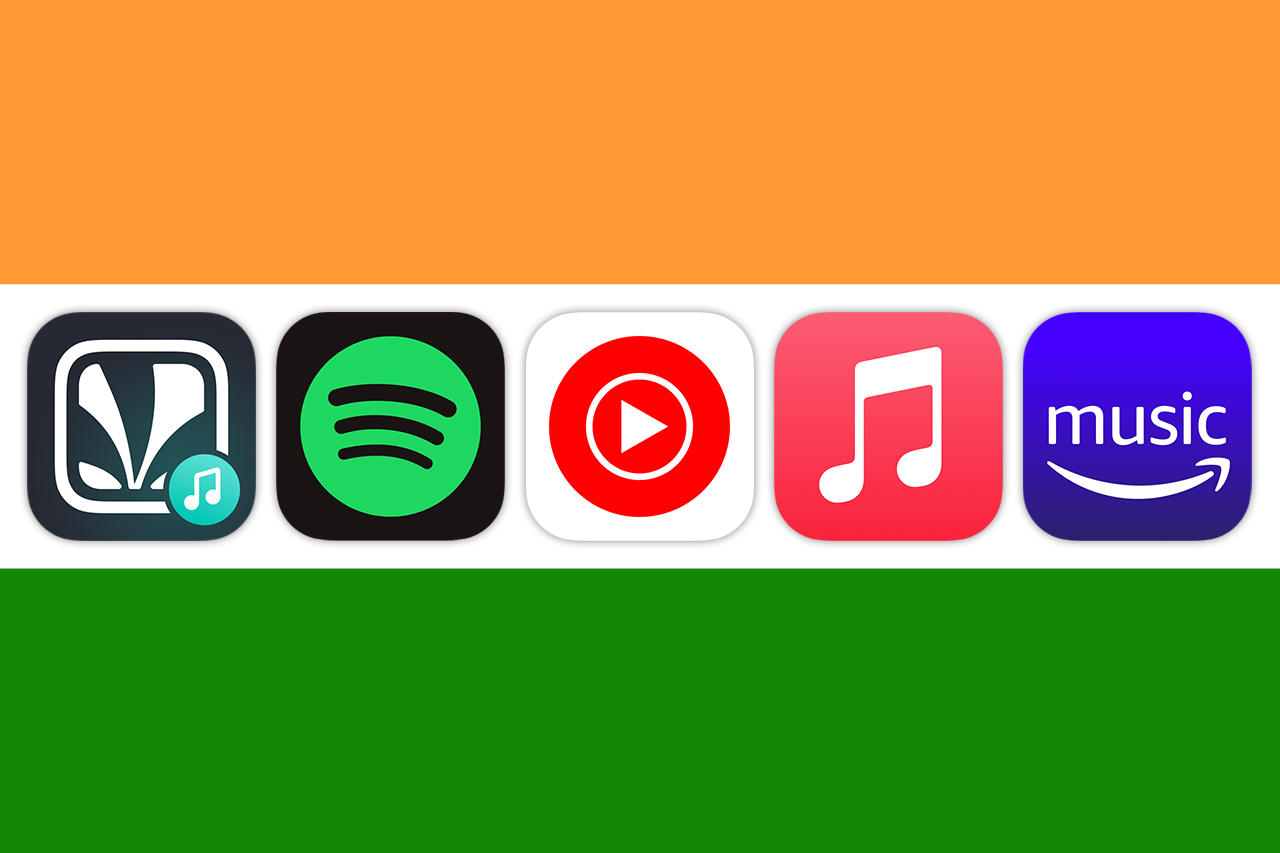
For music labels in India, maximizing reach is key to success. With an ever-growing market, effective music distribution strategies can significantly enhance a label’s visibility and profitability. This article explores the Indian music market, the importance of digital distribution, regional focus, marketing integration, and the role of analytics and data in optimizing distribution efforts.
Market Analysis
India’s music market is one of the fastest-growing in the world, fueled by a young population, increasing internet penetration, and the proliferation of smartphones. Understanding this market is essential for labels aiming to maximize their reach.
- Market Size and Growth: The Indian music industry is expected to grow significantly in the coming years, with digital streaming services playing a crucial role. According to the International Federation of the Phonographic Industry (IFPI), India is among the top 15 music markets globally.
- Audience Demographics: The majority of India’s music listeners are young, tech-savvy individuals who consume music primarily through digital platforms. This demographic is open to diverse genres and international music, presenting opportunities for labels to introduce new sounds.
- Regional Diversity: India’s cultural and linguistic diversity means that regional music markets are significant. Labels need to tailor their strategies to cater to these varied preferences.
Digital Distribution
Digital distribution has revolutionized the music industry, offering labels an efficient and cost-effective way to reach audiences worldwide. Key aspects of digital distribution include:
- Streaming Services: Platforms like Spotify, Apple Music, Gaana, and JioSaavn are popular among Indian listeners. These services provide various features, such as playlists and personalized recommendations, that can enhance a label’s reach.
- Social Media Integration: Social media platforms like YouTube, Instagram, and Facebook play a vital role in music discovery. Labels can use these platforms to share music videos, behind-the-scenes content, and engage with fans.
- Digital Aggregators: Companies like TuneCore, CD Baby, and DistroKid help labels distribute their music across multiple digital platforms efficiently. These aggregators offer additional services such as royalty collection and marketing tools.
Regional Focus
Given India’s linguistic and cultural diversity, focusing on regional markets can significantly boost a label’s reach. Strategies for regional distribution include:
- Localized Content: Producing music in regional languages and collaborating with local artists can help labels tap into specific markets. For instance, Tamil, Telugu, Punjabi, and Bengali music have substantial followings.
- Regional Platforms: Leveraging regional streaming platforms and radio stations can enhance visibility. Platforms like Wynk Music and Hungama Music cater to regional audiences.
- Local Festivals and Events: Participating in regional music festivals and cultural events can increase a label’s presence and connect with local audiences.
Marketing Integration
Integrating marketing efforts with distribution strategies is crucial for maximizing reach. Effective marketing can drive awareness, engagement, and ultimately, listenership.
- Cross-Promotion: Collaborating with influencers, other artists, and brands for cross-promotion can amplify a label’s reach. For example, partnerships with popular YouTubers or social media influencers can introduce music to new audiences.
- Content Marketing: Creating engaging content, such as behind-the-scenes videos, artist interviews, and lyric videos, can keep audiences interested and invested in the label’s music.
- Advertising: Running targeted ad campaigns on social media platforms and streaming services can increase visibility. These ads can be tailored to specific demographics and regions to ensure they reach the right audience.
Analytics and Data
Utilizing analytics and data is essential for refining distribution strategies and improving audience targeting. Data-driven decisions can help labels understand what works and what doesn’t, allowing for continuous improvement.
- Streaming Analytics: Platforms like Spotify and Apple Music provide detailed analytics on listener demographics, song performance, and user behavior. Labels can use this data to identify popular tracks, understand listener preferences, and tailor marketing efforts.
- Social Media Metrics: Analyzing metrics from social media platforms, such as engagement rates, reach, and follower growth, can help labels gauge the effectiveness of their content and campaigns.
- Sales Data: Tracking sales data from digital downloads and physical sales can provide insights into market trends and the effectiveness of distribution channels.
Conclusion
By adopting innovative distribution strategies, music labels in India can significantly expand their reach and establish a strong presence in the competitive music industry. Understanding the market, leveraging digital platforms, focusing on regional audiences, integrating marketing efforts, and utilizing data analytics are key to maximizing reach and achieving success.







